Researchers have developed a model for predicting the molecular weight distributions of star polymers undergoing mechanochemical degradation.
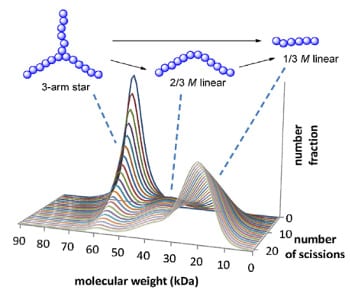


Researchers have developed a model for predicting the molecular weight distributions of star polymers undergoing mechanochemical degradation.
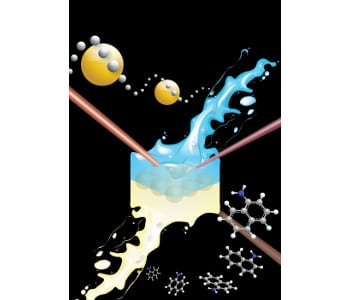
A liquid interface has the unique capability to provide a common meeting point for hydrophobic, hydrophilic and airborne species, allowing them all to interact.
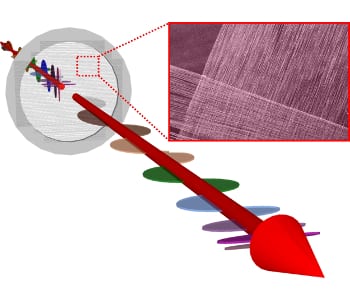
Cole et al. report the fabrication of free-standing, horizontally aligned carbon nanotube membranes.
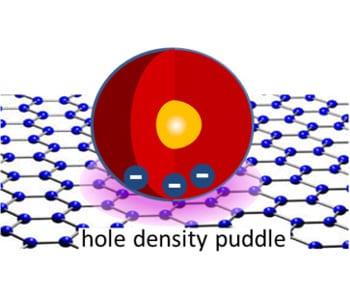
New work shows that new class of nanocrystals coupled to graphene causes bi-excitons to experience recombination and simultaneous emission of photon pairs.
Donghua University researchers produce graphene and graphene nanosheet (GNS)/Al2O3 composites.
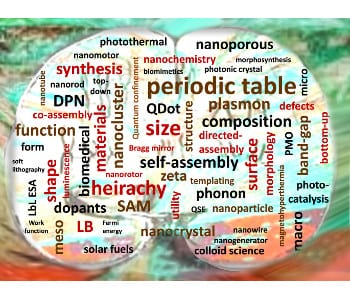
Professor Geoff Ozin and co-workers aim to categorise and organise the multifaceted properties and behaviours of nanomaterials.
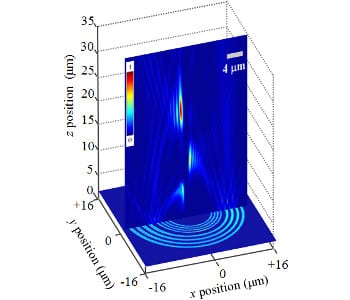
Singaporean researchers have used logarithmic spirals to study light-matter interaction at the microscale, and discovered a previously unknown phenomenon.
A team have developed the first stimuli-responsive protein hydrogel whose mechanical properties can be dynamically tuned in response to external stimuli.
An international group develops a new three-component surface coating to reduce the number of infections caused by catheters.
Research shows that gold nanorods effectively inhibit the migratory and invasive properties of various metastatic cancer cell lines in vitro and in vivo.